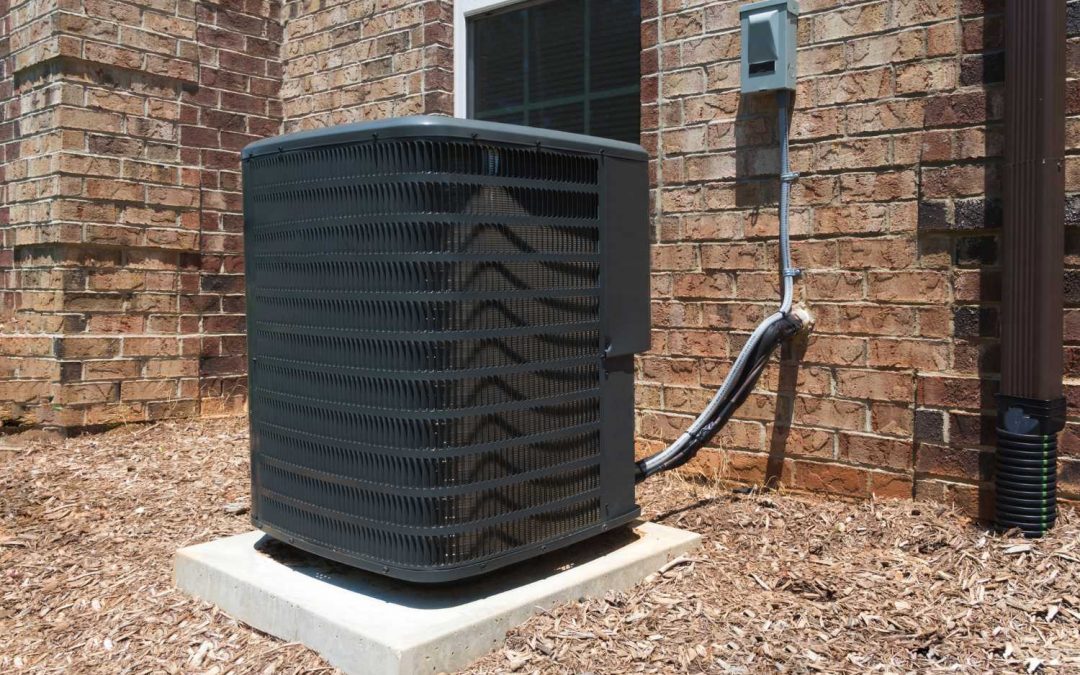Keeping your home cool in the hot Arizona summer months is important, but so is keeping energy costs down. Energy-wasting systems can be expensive, but replacing an old, outdated air conditioning unit with something more efficient could save you between 20 to 40% on your electric bill.
With savings so significant, don’t you want to learn more?
When it comes time to install or replace your air conditioning system, or even install a new one, it’s important to keep in mind how well your unit uses energy and choose a unit with a good SEER rating in order to help you do both: keep your home cool while keeping costs down. However, for many homeowners, you might not know or understand what a SEER rating is or how to choose an air conditioning unit that will help meet your needs to keep you cool while not breaking the bank.
What is a SEER Rating?
SEER stands for Seasonal Energy Efficiency Ratio. Every air conditioning unit has a SEER rating, typically between 13 and 20, and is a measure of how much output the unit can handle compared to how much energy it uses. The higher the SEER rating, the better the unit can cool your home while at the same time requiring less energy to run.
The way a SEER rating is calculated is by taking the amount of heat an air conditioner can remove during the hot summer months and dividing it by the amount of energy it uses during that same time period. SEER ratings also take into account both the inside and outside temperatures during the typical season when air conditioners are used, since higher temperatures typically mean higher energy use to cool your home.
Benefits of a Higher SEER Rating
The U.S. Department of Energy requires that the Southwest region of the United States have HVAC systems with a minimum SEER rating of 14. However, keep in mind that it’s likely that minimum SEER ratings are going to continue to increase as technology continues to improve and regulations shift.
If you have an older unit, you may have a lower SEER rating, in which case, keeping up with regular maintenance is important in order to address any issues with efficiency before they become bigger (and more costly) problems.
The biggest benefit to purchasing a unit with a higher SEER rating is simple: lower energy costs. While the upfront cost of purchasing a high-efficiency air conditioner may be higher, long-term savings can be significant.
If you’re interested in seeing how much you could save with a high-efficiency air conditioning unit, check out this SEER energy savings calculator. You’ll need to know the SEER rating of your current unit, as well as the BTUs (usually labeled as “Cooling Capacity”). Both of these items are readily found displayed on the side of your existing air conditioning unit.
Why Do SEER Rates Matter?
The type of HVAC system that you need for your home is going to depend on numerous factors, including the size of your home, your budget, and where you live. In Arizona, the dry desert heat means you probably run your air conditioning more when compared to other climates. As a result, a higher SEER rating will result in more savings in the long run.
Typically, you’ll want to invest in an air conditioning unit with a minimum rating that’s between 14 and 16. However, keep in mind that the SEER rating is the maximum a unit is capable of, not what it will operate at all the time. For example, an air conditioner with a SEER rate of 18 may often operate at a lower level, such as 15, but have the ability to go up to 18. This is something one of our trained professionals can discuss with you to help make the best and most informed decision possible for your home and comfort!
You’ll also want to consider how long it will take to recoup the upfront cost of a unit with a higher SEER rating with energy cost savings over time. Living in Arizona, and running your air conditioning more than many other areas in the country, seeing the benefits from higher energy efficiency usually occurs faster.
If you’re planning on living in your home for many years to come, a higher SEER rating on your air conditioning will pay off in your energy bill, ultimately saving you money over the years than going with a cheaper, but less efficient model.
The Debate: 14 or 16?
It may seem a small difference, but it’s not always an easy answer. If your primary concern is saving on your monthly utility bill, and you don’t mind paying more for a unit with a higher rating, then a higher SEER rating is going to be the obvious choice.
However, while a SEER rating of 14 is on the lower end, it might be the right choice for your home depending on factors like how often you use it, your preferred temperature setting, and other home energy savings, such as your windows and ductwork. You’ll pay less when purchasing the unit, which may be your priority.
Keep in mind that in Arizona and other warm climates, higher efficiency is typically better for both your wallet and the environment.
There are also additional incentives via APS and SRP to consider, read more about APS and SRP Rebate offers here.
What Are You Waiting For?
If saving money on your energy costs and cooling your home more efficiently sounds appealing, we’re here to help! Not only can we help you to determine which SEER rating is the best for your home and lifestyle, but we can help you with everything from installation to maintenance to emergency service and repairs. Contact Heath today!




